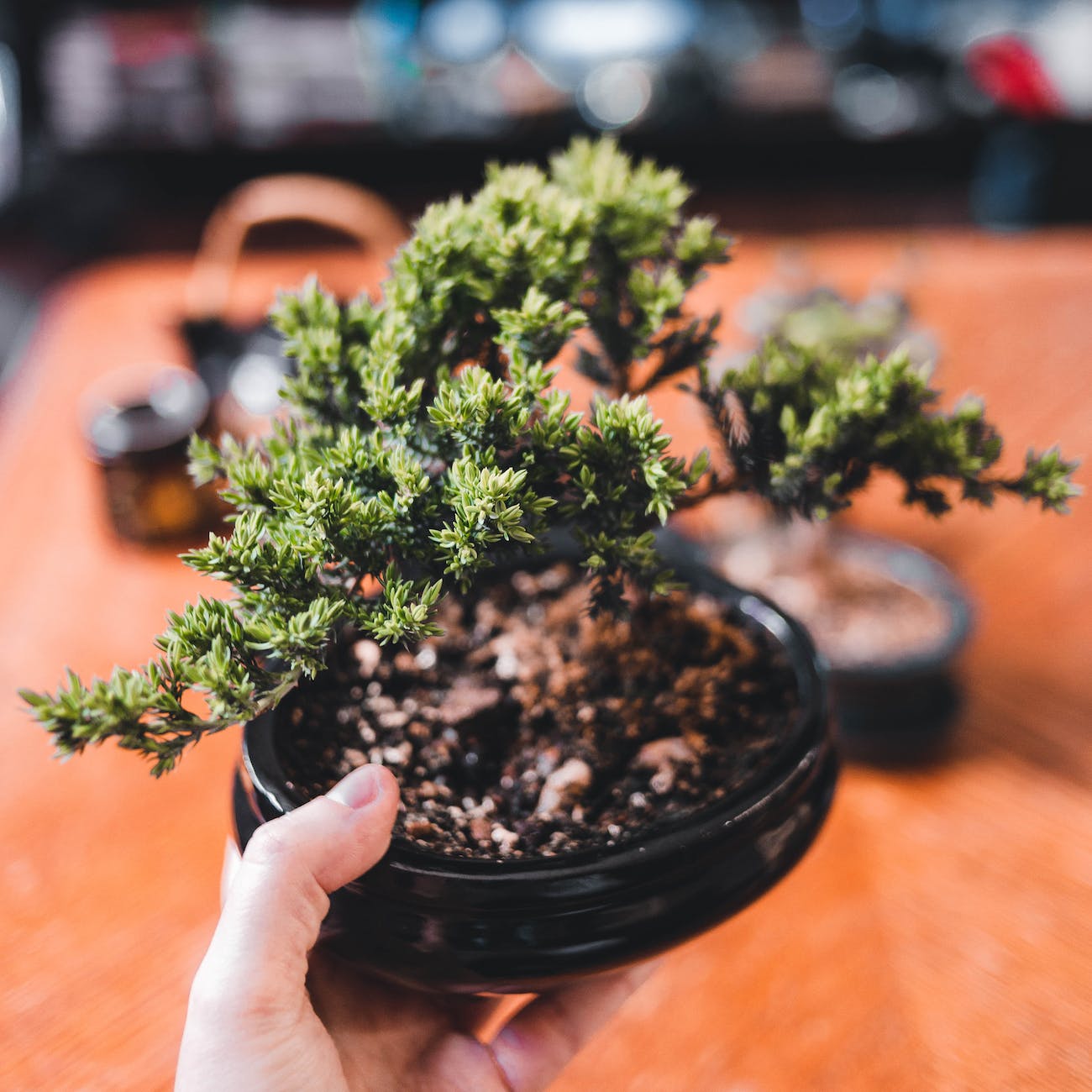indoor bonsai care: art of growing indoor bonsai tree indoors
Bonsai trees are miniature versions of trees that are grown indoors. Growing indoor bonsai trees is both a fascinating hobby and an art form. It requires specific care and attention to ensure the trees thrive in an indoor environment. In this article, we will discuss the various aspects of caring for indoor bonsai trees and provide tips to help you become a successful bonsai gardener.
How to Care for Indoor Bonsai Trees
Watering techniques are crucial for the health of indoor bonsai trees. Water your bonsai regularly, ensuring the soil is evenly moist but not soggy. Overwatering can lead to root rot and can harm the tree. Pruning is another important aspect of bonsai care. Prune your tree regularly to maintain its shape and remove any dead or unhealthy branches. Fertilizing indoor bonsai trees during the growing season is essential to provide them with the necessary nutrients to thrive.
Choosing the Right Bonsai Pot for Indoor Bonsai
Selecting the right bonsai pot is important for the health and aesthetic appeal of your indoor bonsai tree. Consider factors such as size, shape, material, and drainage when choosing a bonsai pot. The potting mix used for indoor bonsai should be well-draining and provide adequate nutrition for the tree. Repotting your bonsai every few years ensures the tree has enough space to grow and develop a healthy root system.
Creating the Ideal Indoor Environment for Bonsai Trees
Understanding indoor lighting requirements for bonsai trees is crucial. Different tree species require varying levels of light, so it’s essential to place your bonsai tree where it can receive the right amount of light. Temperature and humidity also play a significant role in the health of indoor bonsai trees. Maintaining the appropriate temperature and humidity levels will help your bonsai thrive. It is important to be aware of common indoor bonsai problems and take preventive measures to avoid them.
Growing Different Types of Indoor Bonsai Trees
There are various tree species suitable for indoor bonsai, each with its own care requirements. Popular tree species for indoor bonsai include Ficus, Juniper, and Chinese Elm. Tropical indoor bonsai trees require specific care due to their sensitivity to temperature and humidity changes. Evergreen bonsai trees can also be grown indoors with proper care and attention.
The Art of Shaping Indoor Bonsai Trees
Shaping bonsai trees is an art form in itself. The principles of bonsai tree shaping involve creating the illusion of an old, mature tree in a small, miniature version. Different tools and techniques, such as wiring and pruning, are used to shape bonsai trees. Patience and persistence are required as shaping bonsai trees is a gradual process that takes time.
Common Mistakes to Avoid When Growing Indoor Bonsai
Overwatering and root rot prevention are crucial for indoor bonsai care. Understanding the specific needs and limitations of bonsai trees is essential to provide them with the right care. Choosing the right type of tree for indoor bonsai is important as some species are more suitable for indoor growth than others.
By following these tips and guidelines, you can enjoy the beauty and tranquility of indoor bonsai trees. Remember that bonsai care requires patience and dedication. With the right care, your indoor bonsai tree will thrive and become a stunning centerpiece in your home or office.
